 The first time I came face to face with a naked truffle, I stood in awe admiring a beautiful mass of ugliness and inhaling a pungent aroma like I was trying on a new perfume. The black tuber was mine and I was about to embark on a home culinary journey like no other.
The first time I came face to face with a naked truffle, I stood in awe admiring a beautiful mass of ugliness and inhaling a pungent aroma like I was trying on a new perfume. The black tuber was mine and I was about to embark on a home culinary journey like no other.
About truffles
Black truffles (tuber melanosporum) are fungi that grow slightly below the ground and are associated with the roots of oak trees. Their growth is dependent on a mix of conditions that include the right combination of sunshine, dampness and good irrigation.
Traditionally, pigs were used as experienced truffle hunters but they have a tendency for being gourmands who like to eat the prized collection once found. More recently dogs have been trained in the art of sniffing for that mature aroma and they are much easier to control than a pig lunging after a black diamond.
French and Australian black truffles
The best black truffles have always been known to originate from the Périgord, in the south west region of France. More recently, Australia has begun truffle production with surprisingly good results. Manjimup truffles come from the south western region of the state of Western Australia, an area chosen for its similarities in soil and climate factors as the French truffle producing terrains.
How to Store Truffles
In the Gourmantic kitchen, we store our truffles in an airtight glass container with free range eggs. It takes one to two days for the aroma of the truffle to permeate and give the eggs that pungent flavour that no truffle oil can match. Alternatively, truffles can be stored in rice which can be used once the truffle has been consumed.
For the serious home truffle gourmand, a truffle shaver is a must-have accoutrement. No knife can slice as thinly, and to maximise the value and enjoyment, the purchase is a worthy investment.
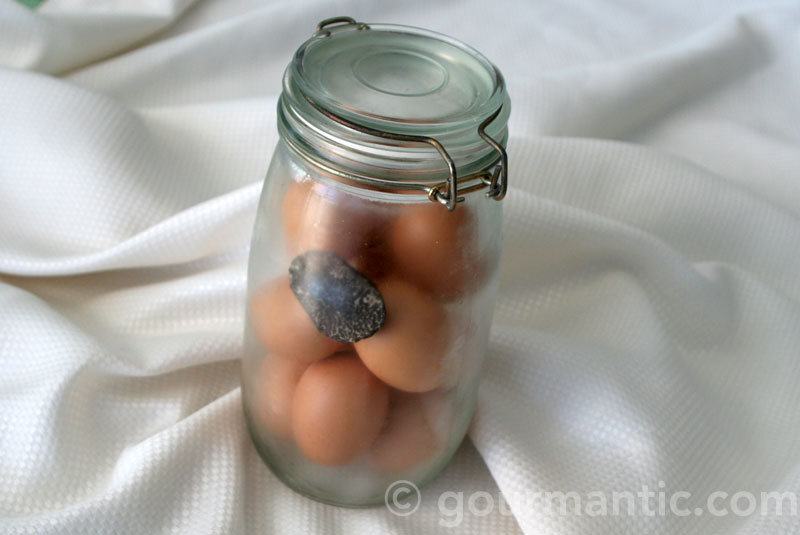
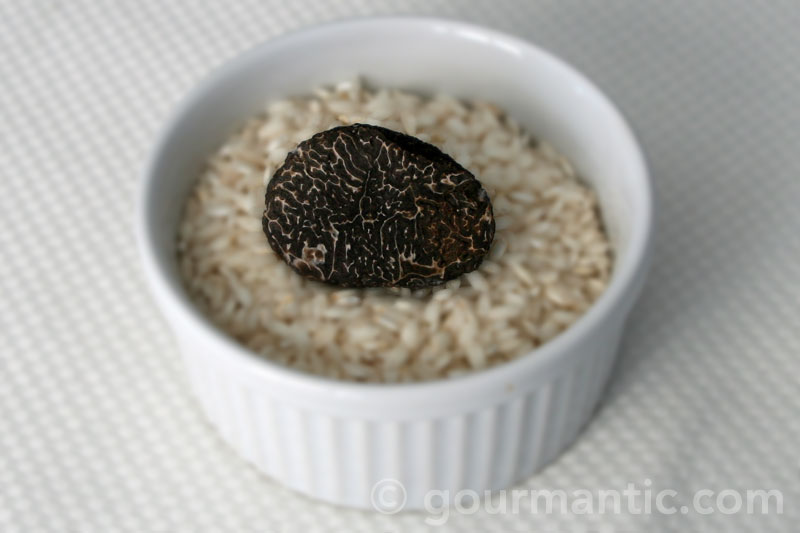
Truffle Eating Suggestions
When it comes to enjoying a truffle at home, simplicity wins every time. Brunch turns into a decadent affair when truffle infused eggs are fried, scrambled poached or whipped into an omelette, with thin slices of truffle added on top, and served with lightly toasted crusty bread.
Tagliatelle, fettuccine or other fresh egg long pastas make an easy yet elegant light meal when seasoned with olive oil, a little garlic and shavings of truffle. A glass of Pinot Noir makes a fine accompaniment.
Truffles stored in Arborio rice call for a robust risotto. The key factor is to use quality chicken stock, and reserve enough of the truffle shavings to add at the end of the cooking process.
For more adventurous times in the kitchen, poulet en demi-deuil, or chicken in half mourning is a favourite. Slices of truffles are gently placed under the chicken skin and oven-roasted, giving it the black mourning appearance when cooked.
Truffle butter is easy to make. Simply add truffle shavings to unsalted softened butter and let it soften to spreadable consistency. It can be spread on a thinly sliced baguette or used to flavour baked potatoes. Truffled butter can also be frozen for later use.
When the truffle is nearing its end and it becomes difficult to shave that last morsel, simply spread a thin layer of softened Lescure butter on your favourite artisan bread and top with a slice of truffle. The ultimate in simple decadence.
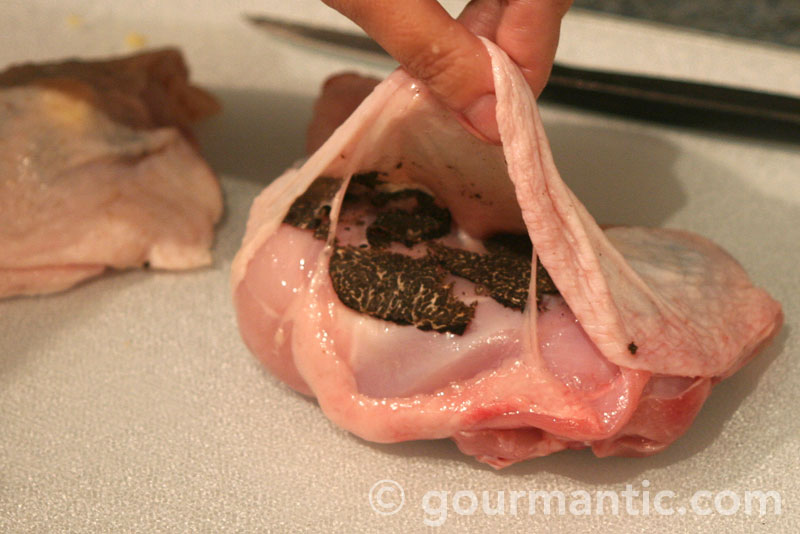
Périgord and Manjimup truffles
Having enjoyed a little experience in handling and cooking both Australian and French varieties, the Gourmantic team set on a comparison of both tubers.
To the naked eye, the Périgord truffle was slightly lighter in colour and its texture was a little smoother than the Manjimup counterpart. On the nose, it had a distinctively earthy aroma unlike any other. The flavour was undoubtedly stronger and lingered longer on the palate. The Manjimup tuber was drier to touch and had a more brittle and rougher texture when it is passed through the truffle shaver. On the inside, the marbling effect of the West Australian truffle was more apparent. Both tubers were equally prone to grow white mould on their surface after three days of storage. Admittedly, last year’s harvest delivered a better quality WA truffle.
With Périgord truffles arriving on our shores in the middle of summer and the Western Australian variety on our tables in the middle of winter, a gourmet in Australia can enjoy the best of both worlds.
Can you pick the Australian Truffle?

L: Périgord Truffle (France) R: Manjimup Truffle (Australia)

L: Périgord Truffle (France) R: Manjimup Truffle (Australia)
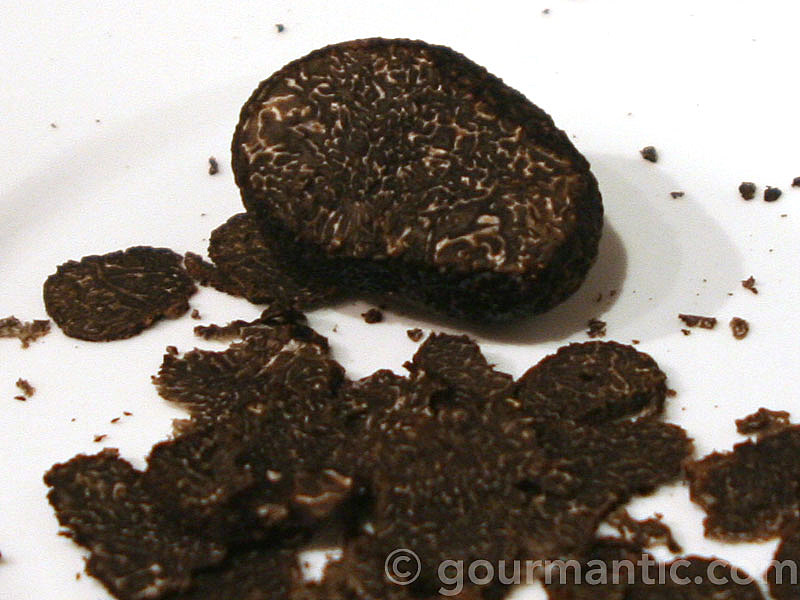
Manjimup Truffle
Other truffle articles:
What to Do with a Truffle
Périgord Truffles from Tasmania


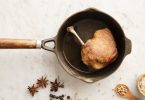
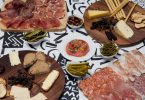


Truffle growing is in its infancy in Australia, and almost all production plantations are located in South-West Western Australia and Tasmania. There are however areas in almost every other state with climatic conditions and soil types suitable for truffle production.
Pioneer growers in these new regions stand to benefit greatly from significant growth in the Asian market for truffles in recent years. There’s a great deal of potential there!
Great article by the way :).
Martin – I was told by various sources that Canberra was a serious contender in the truffle market and I am keen to try it and make a comparison some time in the future. Export to Asia might become viable so long as the Australian consumers don’t get disadvantaged, as what happened to our wine exports some years back.
Thank you for your comment 🙂
Hi! Glad to find another traveller who loves food and writes about it. We haven’t been able to bring ourselves to spend the cash on a full truffle but brought back two containers of truffle paste (one white and one black), truffled risotto, and truffle oil from Italy. How I love the truffle!
We are going to be visiting Sydney soon as the first leg of our RTW trip so I look forward to reading about your Sydney thoughts.
Akila – Hello and welcome! I haven’t tried truffle paste but truffle oil is a favourite drizzled over a good risotto.
Your RTW trips sounds like a dream. I already have a couple of articles in drafts about what to do in Sydney so please check back 🙂
[…] Are you familiar with Gourmantic’s blog? If not, be sure to check it out. Top-shelf writing and top-shelf ingredients make for delectable delights. Need proof? Truffles. […]
[…] is a question I am asked every time I go to collect my black diamond. Whether it comes all the way from the Périgord region in France or from Manjimup in Western […]
[…] 2 – Simon Johnson What to Do With a Truffle Photo Essay: A Foodie’s Shopping Expedition Black Diamonds: Comparing Comparing Périgord and Manjimup Truffles Easter Food […]
[…] I fold the road map in half, and spot the regions of Quercy and Perigord, celebrated for their first rate tuber melanosporum or truffles. These rare culinary delicacies grow under ten to thirty year old oak trees, underneath a bare patch of soil with little or no vegetation, and can be found as deep as 25 centimetres between November and March. The art of truffle hunting requires special skills. Truffle hunters are usually accompanied by a highly trained dog or pig in detecting truffle aroma. Once the animal picks up the scent and begins digging into the ground, the hunter uses all his stamina to hold the animal back and distract it with a small morsel while he picks up the subterranean fungus. Truffles are used in a variety of dishes and have been mentioned in cookery back in ancient Roman times. We are yet to sample these delicacies, rightly referred to as culinary black diamonds. […]
[…] have previously compared black truffles from Périgord in France to Manjimup truffles in Western Australia so as home truffle enthusiasts, we were keen to put the Tasmanian cousin to the […]
[…] don’t see on display. Seasonal indulgences like Perigord truffles during the Australian summer or Manjimup truffles in winter are a delight to take home. Many a block of foie gras was enjoyed with a bottle of […]
[…] a late indulgent night. Or leftover turkey on sourdough and a smear of unsalted butter. And with truffle season almost upon us, if you’ve always wondered what to do with a truffle or the last bit that […]
[…] the Best – a tribute to one of Sydney’s top chefs, Mark Best of Marque restaurant Black Diamonds – all you need to know about […]